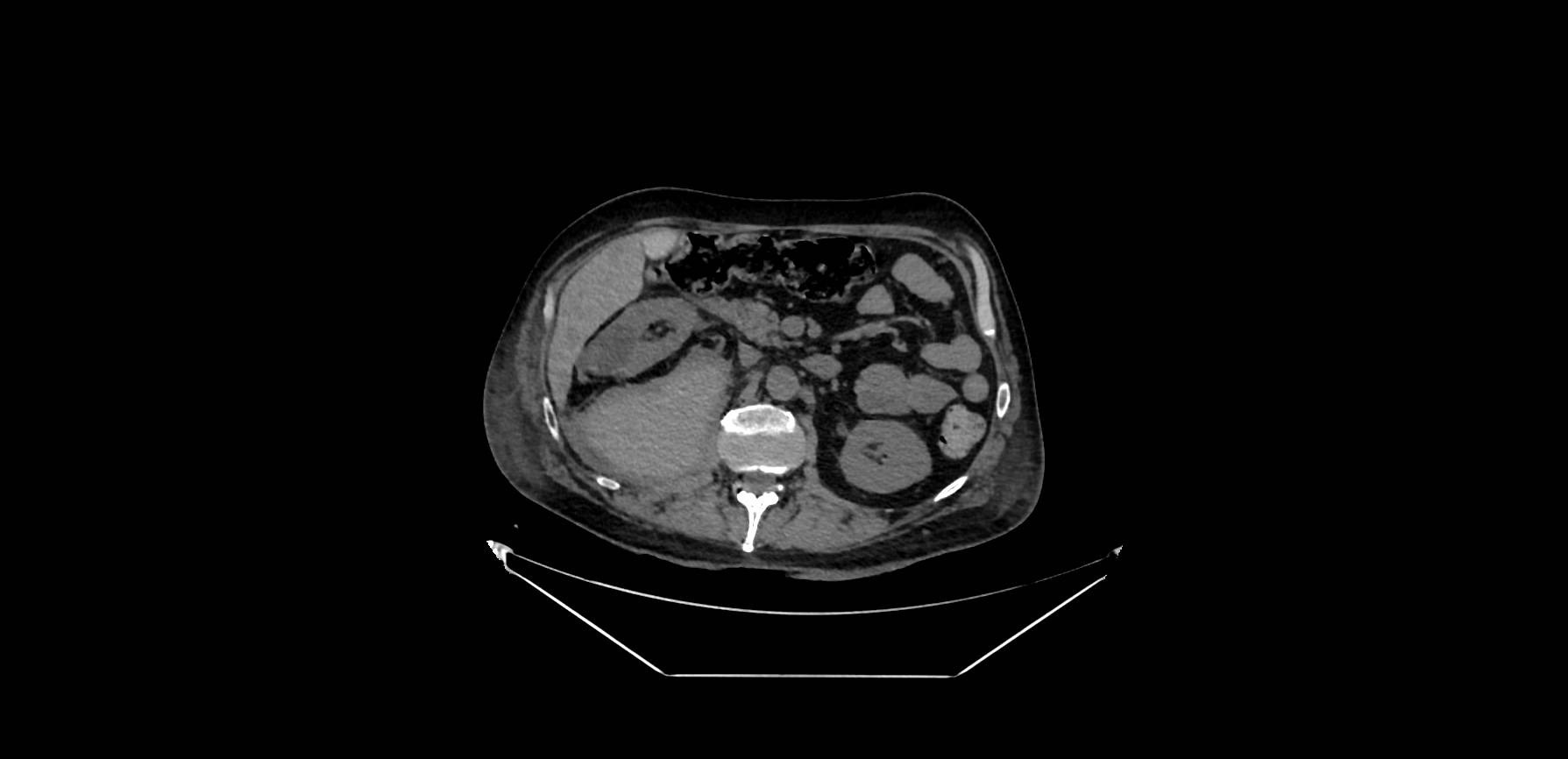Retroperitoneal Hematoma: A Silent Ghost
Introduction
In Clinical Medicine , we need the help of radiology or an ultrasound tool to visualize the inside of the human body . We follow a rational approach based on the signs or symptoms of the patient, to ask for the anatomical area where we want to search to detect the problem of the patient. But, very often is not easy to determine the real location of the trouble, sometimes because the patient feels the pain far from the origin, as a referred pain, or because some anatomical structures extend along several territories , making difficult to identify the exact location. This is the case with the psoas iliac muscle, where the pain can be felt in several areas including back pain, hip pain, inguinal pain and leg pain.
Retroperitoneal Hematoma: a high index of clinical suspicion
The diagnosis of a retroperitoneal hematoma requires a high index of clinical suspicion, because the symptoms can appear at a distance from the hematoma itself, from the abdomen to the thigh, due to the path of the iliopsoas muscle. An inguinal pain can be confused with an articular hip problem, and even the hematocrit value can be a relative sign, because the decrease can be slower than expected.
There are some external or cutaneous signs, that can be present, not always, with different names and locations, that we show here in a list taken from UpTodate:
●Grey Turner’s sign (ecchymosis/discoloration of the flanks)
●Cullen’s sign (periumbilical ecchymosis)
●Fox’s sign (upper thigh along the inguinal ligament)
●Bryant’s sign (blue discoloration of the scrotum)
●Stabler’s sign (bruising of the pubis and groin)

You can find a good paper about anatominal relationships HERE
Author: Dr. Lorenzo Alonso Carrión
FORO OSLER




